Althought I have a fondness for Vietnamese cuisine, I readily admit that my knowledge of it is minimal; I know even less about Korean cooking. Fortunately, with the magic of the internet at my fingertips, you will be forgiven if you come away from this post thinking I'm an expert in Southeast Asian cuisine.
Josée decided to tackle these two countries in one meal. Rightly or wrongly and from a foreigner's point of view, these two cuisines have a lot in common.
Korean cuisine is largely based upon rice, vegetables and meat. Traditional Korean meals are noted for the number of side dishes (banchan) that accompany steam-cooked short-grain rice. Kimchi is served often, sometimes at every meal. Commonly used ingredients include sesame oil, doenjang (fermented bean paste), soy sauce, salt, garlic, ginger, pepper flakes and gochujang (fermented red chili paste).
A side note: The consumption of dog meat in what is now Korea dates back to antiquity. Today, the primary dog breed raised for meat, the nureongi, differs from those breeds raised for pets, which Koreans may keep in their homes. Dog meat is usually eaten during the summer months, in either roasted form or prepared in soups. No dog meat was served in this meal.
The Vietnamese summer rolls were made with rice paper and filled with cucumber, carrots, cabbage, rice noodles, shrimps and coriander.
Bindae Duk is served in Korea and is a mung bean pancake. The mung bean, also known as green gram or golden gram, is the seed of Vigna radiata, native to the Indian Subcontinent. It is used as a foodstuff in both savoury and sweet dishes.
The Vietnamese Beef and Spinach Soup is just that and is delicious.
Kimchi refers to often fermented vegetable dishes usually made with napa cabbage, Korean radish, or sometimes cucumber, commonly fermented in a brine of ginger, garlic, scallions, and chili pepper. There are endless varieties with regional variations, and it is served as a side dish or cooked into soups and rice dishes. Koreans traditionally make enough kimchi to last for the entire winter season, as fermented foods can keep for several years.
The Lemon Grass Chicken is typically Vietnamese. Chicken legs are marinated in lemongrass before baking.
The Shrimps in Red Curry Sauce and the Spicy Vegetables are Korean specialities.
The Xoi Nuoc Dir A is a typical Vietnamese dessert consisting of steamed sticky rIce in coconut cream. Interesting.
Wines are always difficult to choose for a meal like these. Here is whar we drank:
Weingut Bründlmayer, Stewinmassel, Riesling, 2008, Austria
Clos des Capucins, Gewurztraminer Reserve, Domaine Weinbach, 2008, France
I'm starting to get worried. I woke up in a sweat last night; I had a nightmare that I was about to start eating Smalahove, that Norwegian sheep head, when the thing started winking at me. Today, I was speaking to a friend when suddenly I started to use words neither of us could understand. Turns out I was speaking Polish! My morning yogurt tasted cumin. Only ten days to go...don't know if I'll make it.
Joseph Froncioni









































































































![Jeremy Scahill: Blackwater: The Rise of the World's Most Powerful Mercenary Army [Revised and Updated]](../../../6a00d8341c075e53ef0128756487fa970c-75hi.jpg)
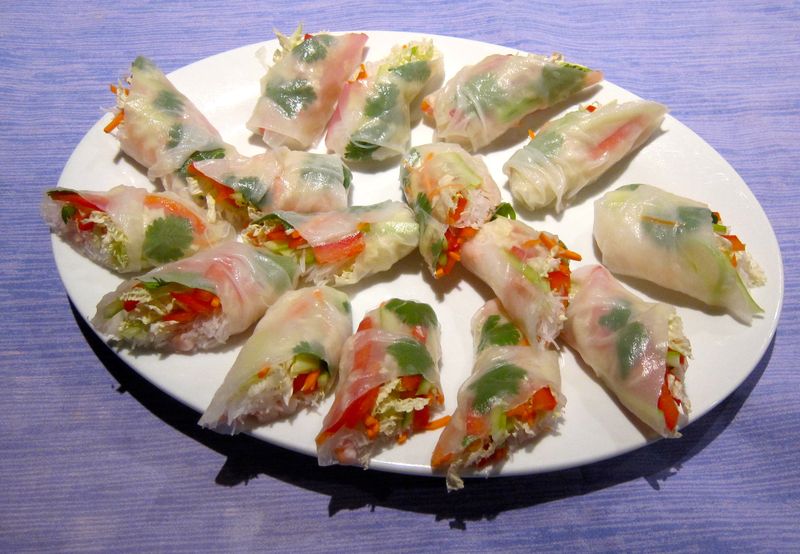
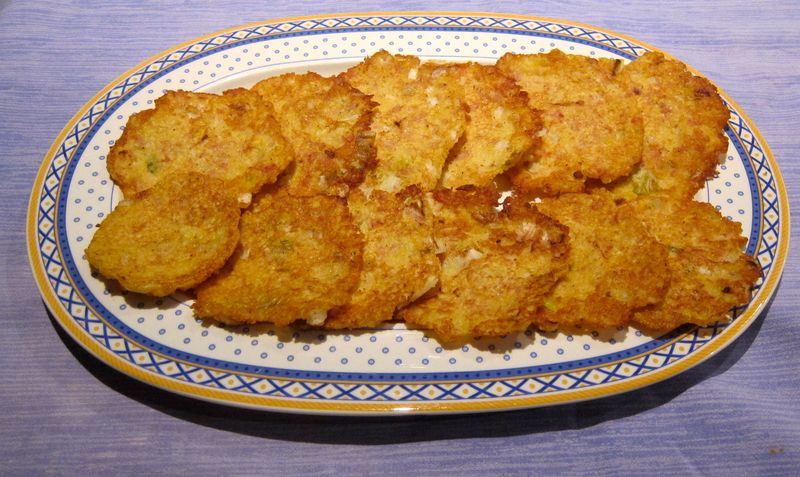
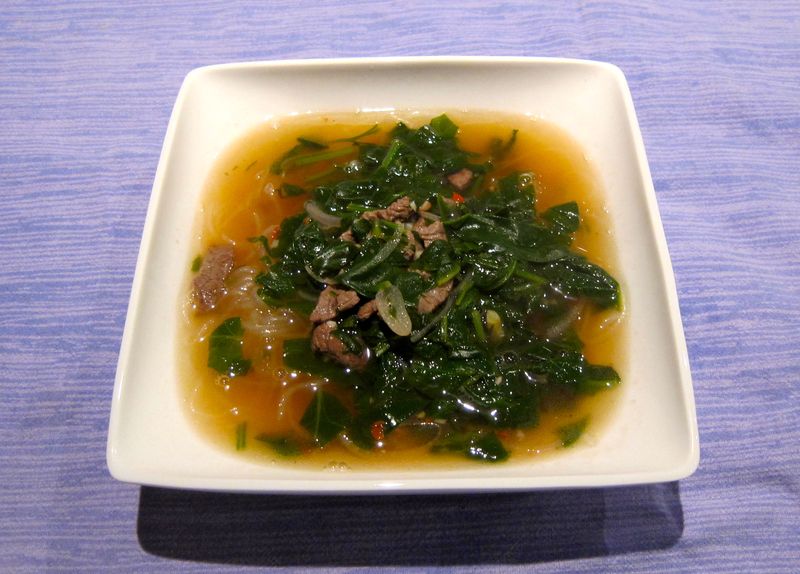
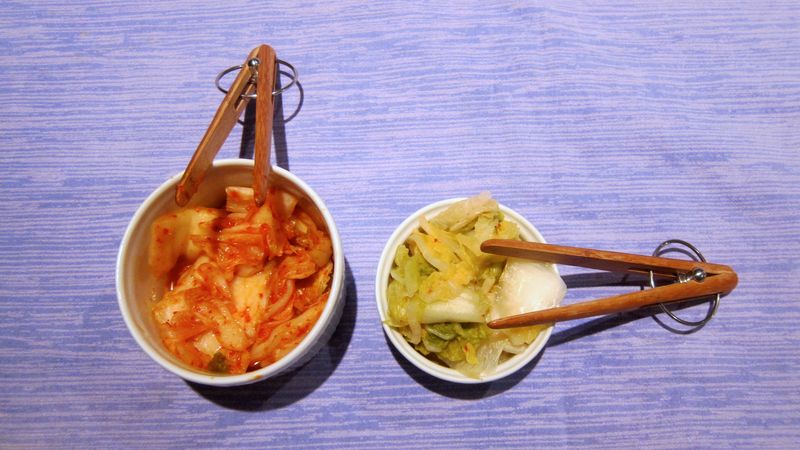
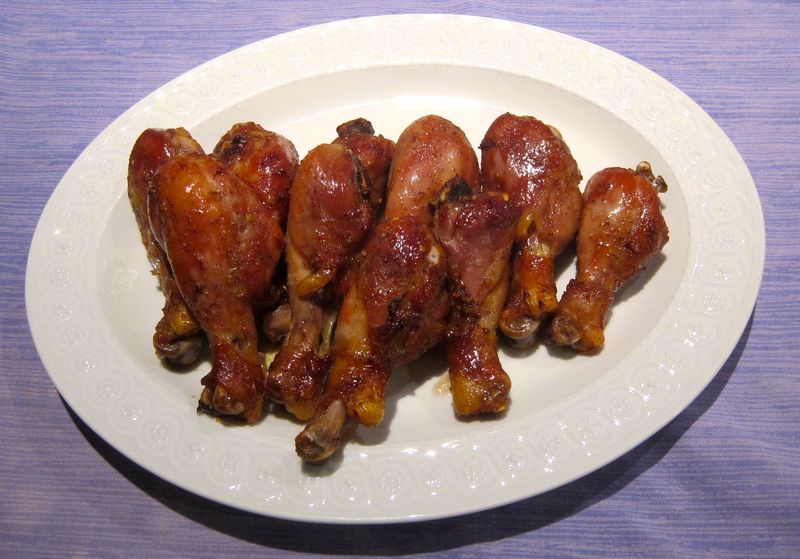
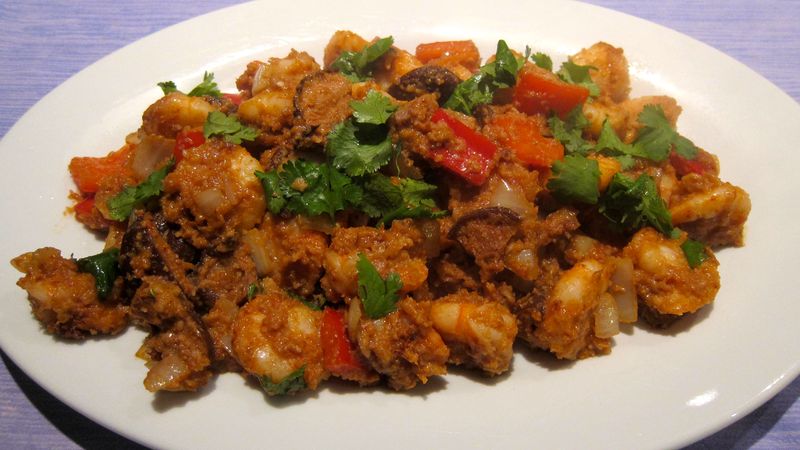
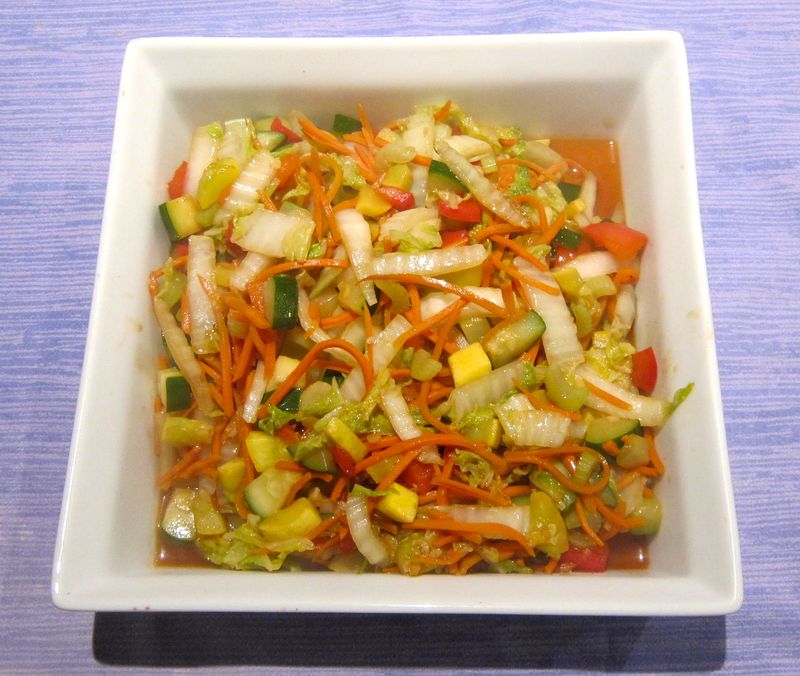
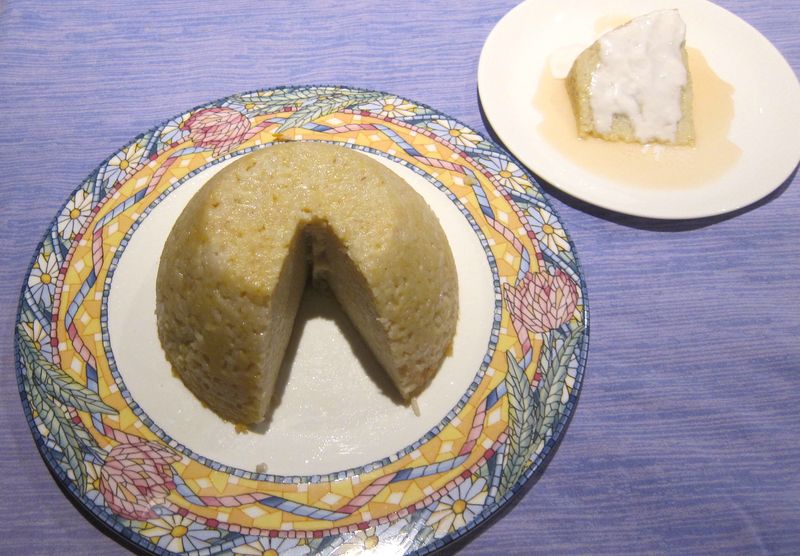
This looked like a superhuman task. Unbelievable Josée!!! Hats off to you.
Posted by: Liz | November 17, 2012 at 12:37 AM